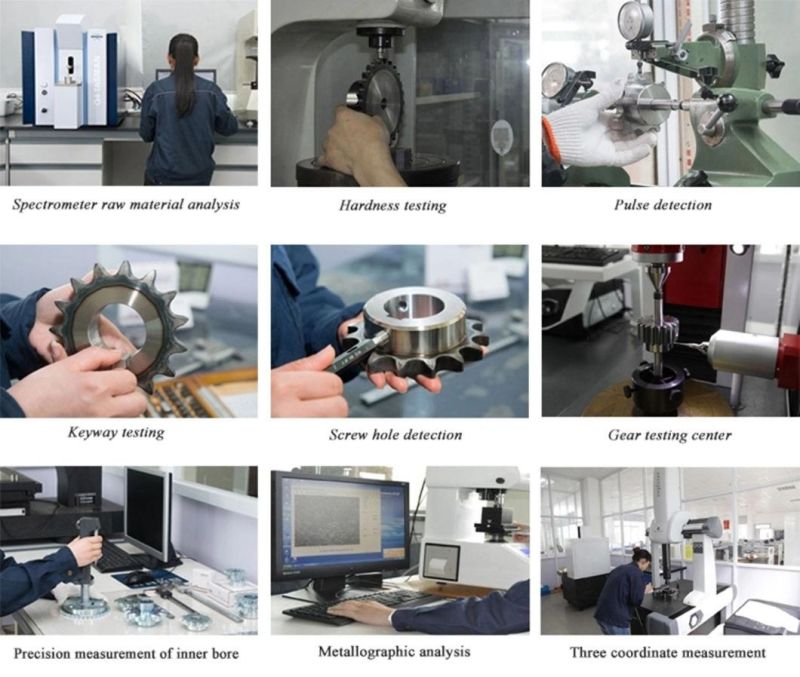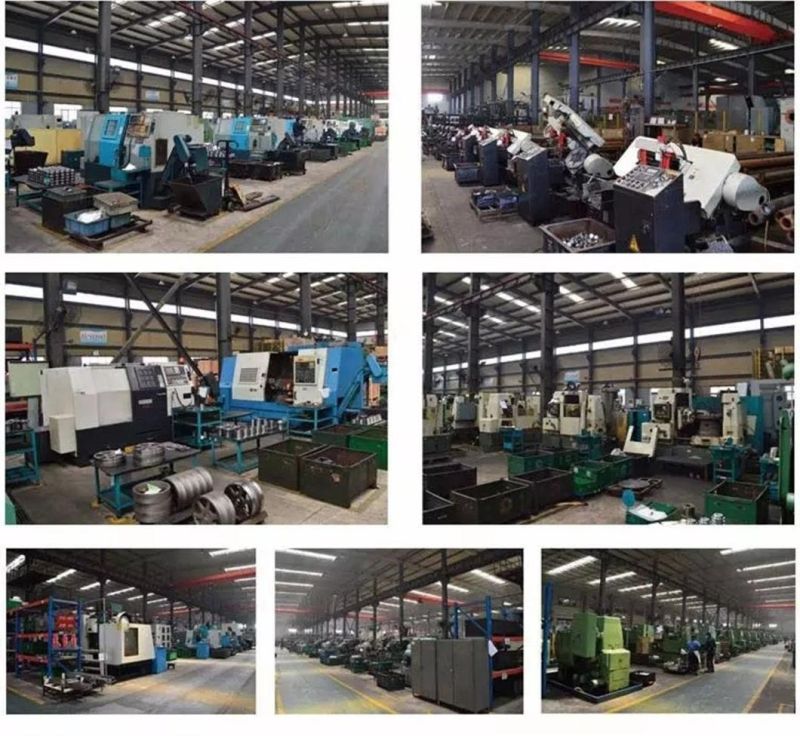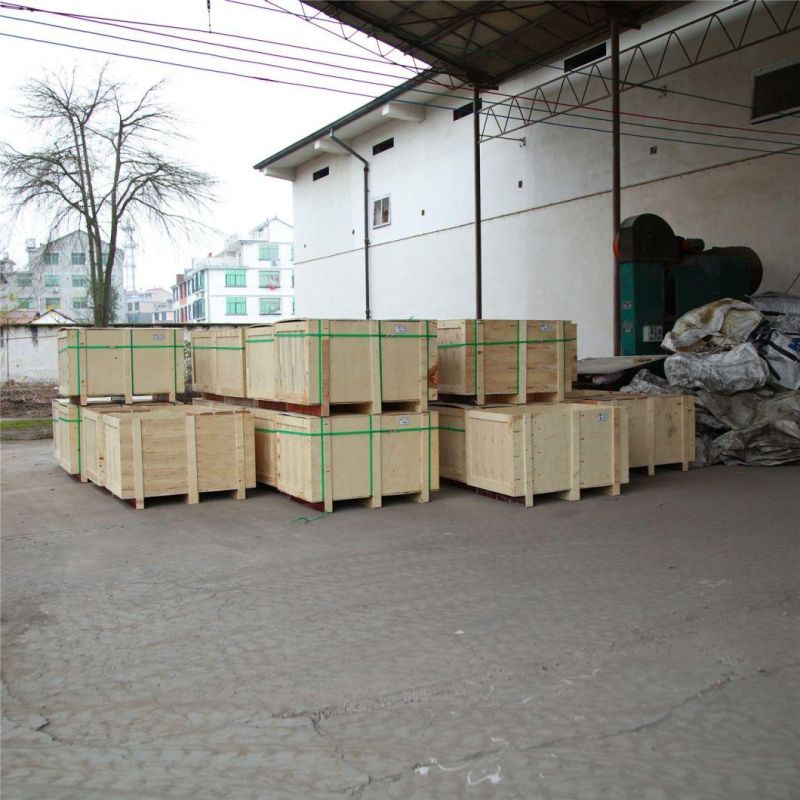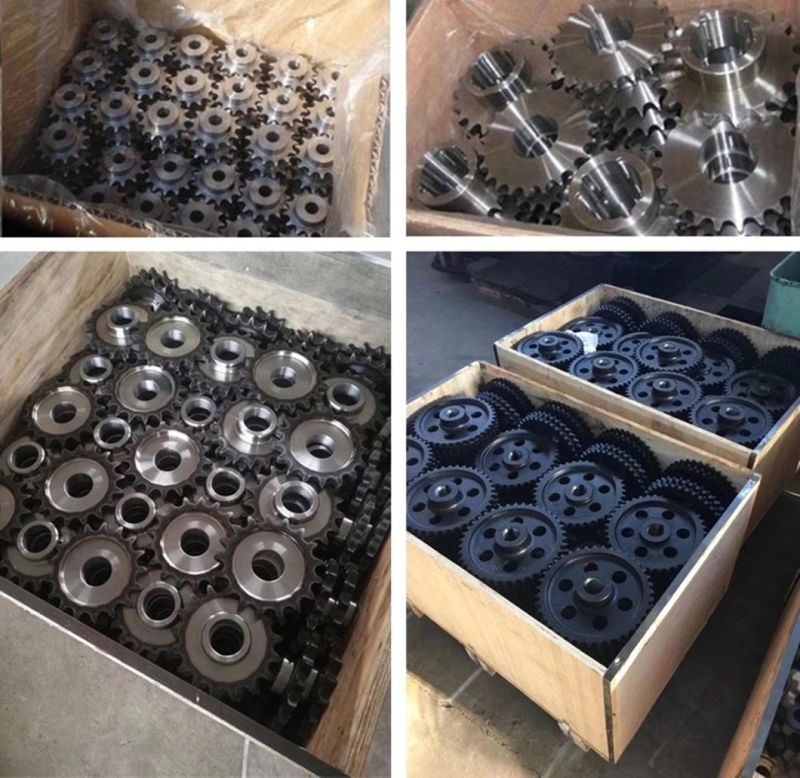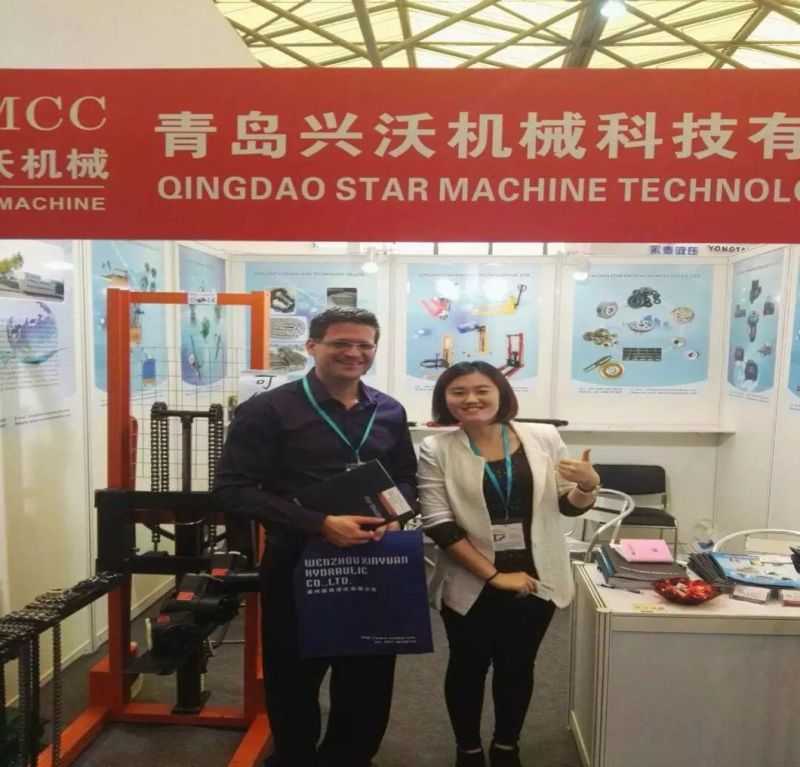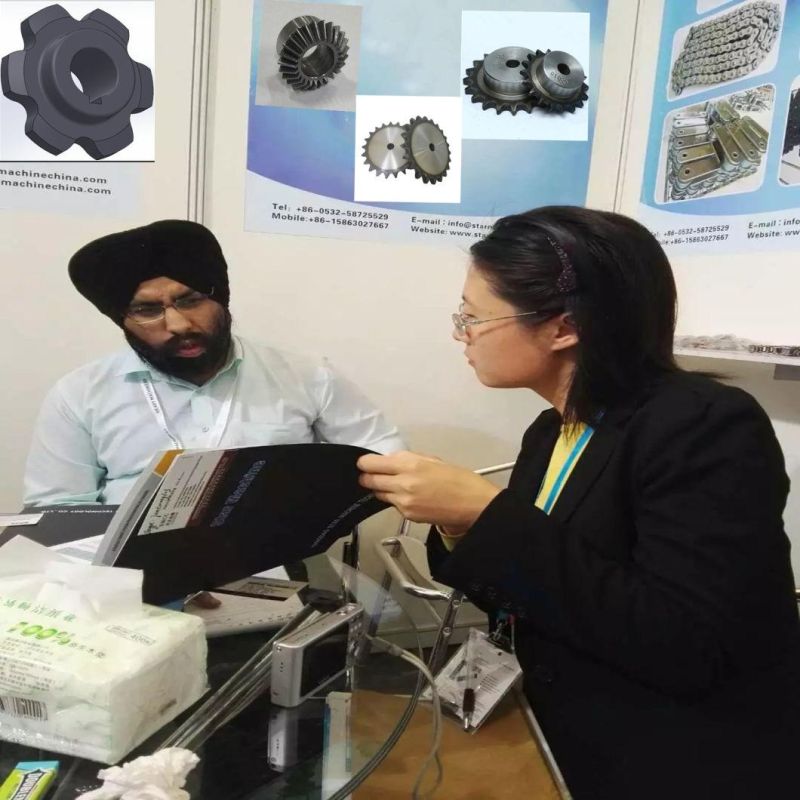China High-Intensity and High Wear Resistance Heavy Duty Industrial Transmission Gear Reducer Conveyor Parts Sprocket for Transmission Chain Sprocket
Qingdao Star Machine Technology Co., Ltd.- After-sales Service:7*24hours
- Warranty:1 Year
- Manufacturing Process:Forging
- Surface Treatment:Polishing
- Operation Pressure:Atmospheric Pressure
- Material:Alloy
Base Info
- Model NO.:08B 41T
- Standard or Nonstandard:Standard
- Application:Motor, Electric Cars, Motorcycle, Machinery
- Hardness:Hardened Tooth Surface
- Manufacturing Method:Rolling Gear
- Toothed Portion Shape:Spur Gear
- Type:Circular Gear
- Transport Package:Wooden Cases
- Specification:ALL KIND OF
- Trademark:SMCC OR NO MARK
- Origin:China
- HS Code:8483409000
- Production Capacity:10000000pieces,Year
Description
ASME/ANSI B29.1-2011 Roller Chain Standard Sizes
For mnemonic purposes, below is another presentation of key dimensions from the same standard, expressed in fractions of an inch (which was part of the thinking behind the choice of preferred numbers in the ANSI standard):
in eighths
chain number
Notes:
1. The pitch is the distance between roller centers. The width is the distance between the link plates (i.e. slightly more than the roller width to allow for clearance).
2. The right-hand digit of the standard denotes 0 = normal chain, 1 = lightweight chain, 5 = rollerless bushing chain.
3. The left-hand digit denotes the number of eighths of an inch that make up the pitch.
4. An "H" following the standard number denotes heavyweight chain. A hyphenated number following the standard number denotes double-strand (2), triple-strand (3), and so on. Thus 60H-3 denotes number 60 heavyweight triple-strand chain.
A typical bicycle chain (for derailleur gears) uses narrow 1⁄2-inch-pitch chain. The width of the chain is variable, and does not affect the load capacity. The more sprockets at the rear wheel (historically 3-6, nowadays 7-12 sprockets), the narrower the chain. Chains are sold according to the number of speeds they are designed to work with, for example, "10 speed chain". Hub gear or single speed bicycles use 1/2" x 1/8" chains, where 1/8" refers to the maximum thickness of a sprocket that can be used with the chain.
Typically chains with parallel shaped links have an even number of links, with each narrow link followed by a broad one. Chains built up with a uniform type of link, narrow at one and broad at the other end, can be made with an odd number of links, which can be an advantage to adapt to a special chainwheel-distance; on the other side such a chain tends to be not so strong.
Roller chains made using ISO standard are sometimes called as isochains.
